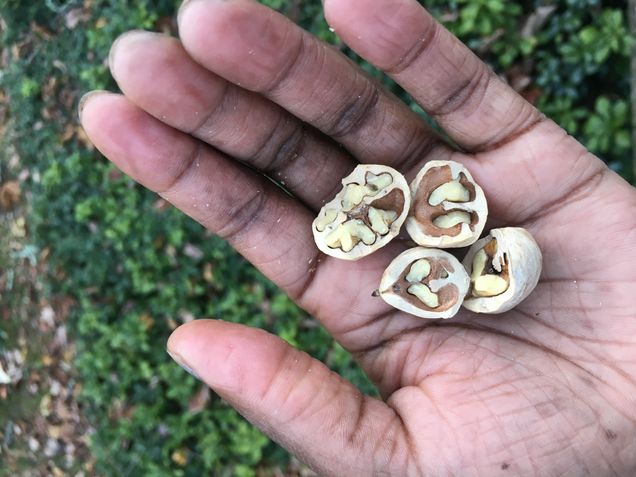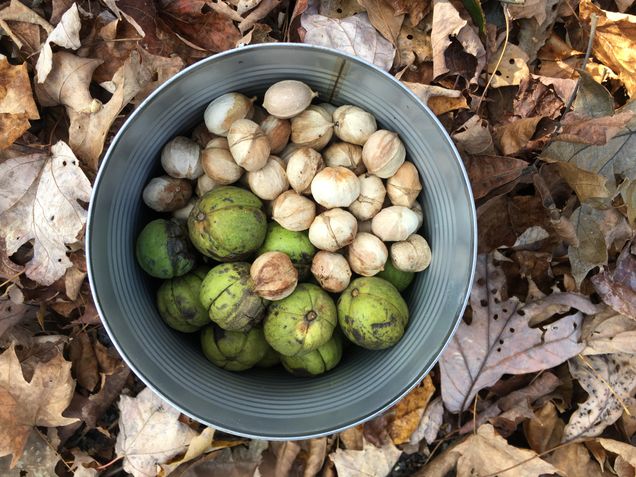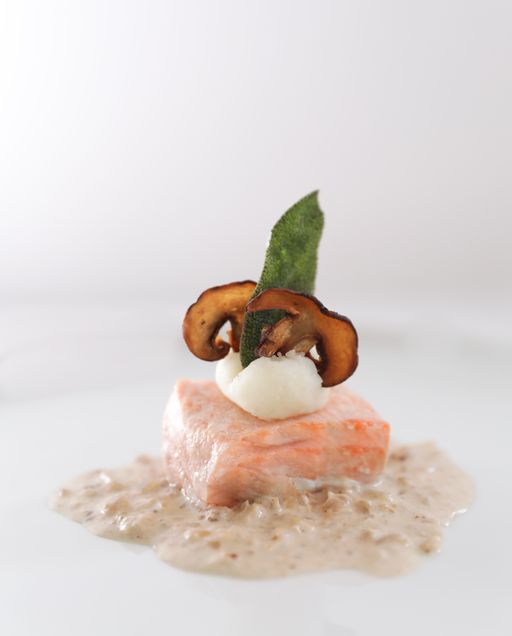The Hickory Nut Adventures
Current student Neema Syovata describes the research process for her Introduction to Gastronomy final project.
THE HICKORY NUT ADVENTURES
This all began with a simple question – why aren’t there more opportunities to experience Native American food? And so, for my introduction to gastronomy final project, I opted to create a menu of contemporary Native American cuisine. My research would require me to understand what was happening with Indigenous foodways pre and post contact.
The Institute of American Indian Studies in Washington, CT has a research department complete with an extensive library. On my first visit, I explained my project and was delighted to find several shelves containing culinary materials. Furthermore, everyone I encountered there was extremely helpful in offering their perspective or pointing me towards a resource that would be useful. Should you ever run into the research director Lucianne Lavin, you are in for a treat! She is captivating and an archeological authority. I quite literally conversed with her for 3 HOURS… All I can say, is that it was time well spent because it provided me with a good historical background on Native Americans.
In my research, I read about hickory nuts, and wondered where I might find some and why they were not commercially available. By the time I was discovering this information, we were late in the season for picking hickory nuts. In a rather serendipitous moment, I discovered that my neighbor had hickory trees, shagbarks to be specific (which are the ones you want to eat). I was beside myself with joy but it was short-lived. You see the reason that hickory nuts don’t exist commercially is because they are labor intensive. LABOR INTENSIVE (that is definitely me shouting)!

I spent a whole day engaged in labor in what would have been a communal activity in Indigenous communities. Neema party of one vs the hickory nuts. The first step was shelling the nuts from their green exterior, that took a “minute.” Then came the sorting and the third step was a rather ingenious one (not on my part). Native Americans would soak the nuts for two reasons, the first to be rid of all the hickory nuts that rose to the top (these were no good, I tested this theory and found some critter living inside one, gag), and the second was to soften the nuts to make it easier to crack them. I did not do the long soak because I put them in the oven to dry them first, and then roast them. What followed was a therapeutic session with a mallet and a kitchen towel which resulted in a handful of nuts, or said another way enough for 2 servings. (Click link to see the process) I went to sleep off my disappointment.
The next day, I woke up thinking of the many ways I could use hickory nuts and perhaps if I could find a better way to crack the nuts so they could maintain their shape – maybe next season (late summer, early autumn I’m told). I then used the “handful” of hickory nuts to create a cream sauce to go with salmon, topped with a scoop of mashed potatoes, garnished with fried sage and cremini crisps. All are ingredients that indigenous people would have eaten, but with a modern twist.

